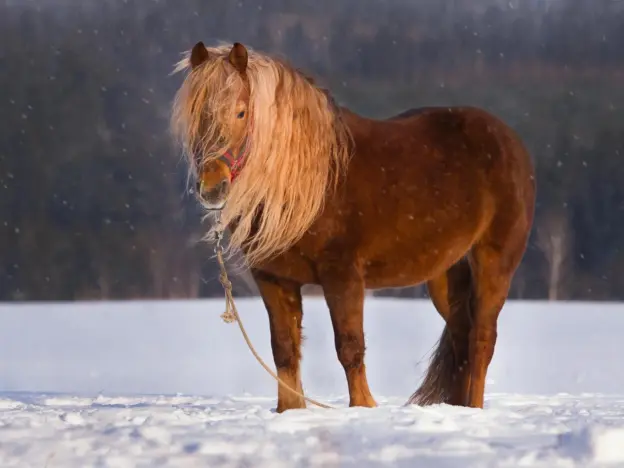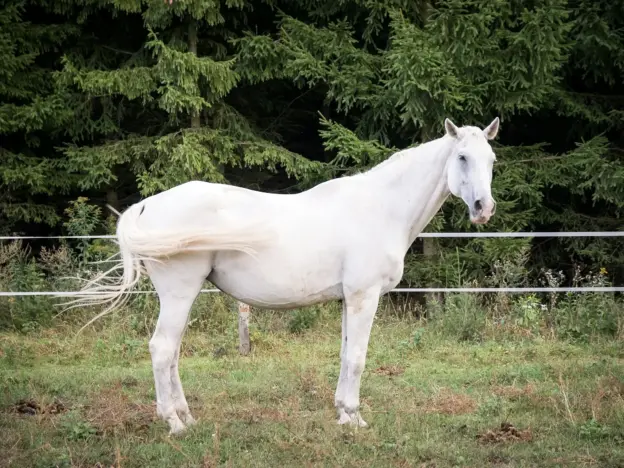Intro
Also called Russian Draft and Russian Ardennes, the Russian Heavy Draft is a small, sturdy and fast draft breed that was developed in Imperial Russia. Unlike most draft breeds, the Russian isn’t overly large, but they are quite muscled.
Read more









